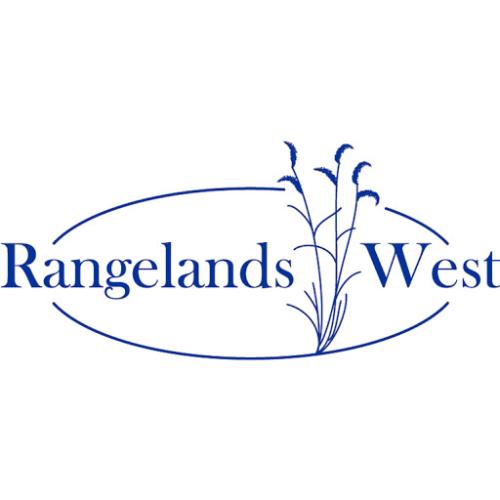Leafy spurge is a long-lived, deep-rooted perennial that reproduces both
vegetatively and by seed production. Seeds usually germinate in the spring when conditions are
favorable but some can germinate in the summer. Seedlings develop root buds a short time after
emergence and new shoots can develop quickly from these buds if the main shoot is removed or injured.
Leafy spurge develops the yellow-green bracts in May or early June and the true flowers are produced a
few weeks later. Flowering is usually completed by mid-July. Each plant produces an average of 140
seeds, some of which can remain viable in the soil for a period of eight years or longer.
The milky latex exuded from the plant can be an irritant to cattle and horses. A severe irritation of the
mouth and digestive tract has been reported in cattle.
History of Introduction: Leafy spurge is native to Europe and Asia. Leafy spurge was first recorded in
North America in 1827, in Newbury, Massachusetts, as a seed impurity and is now widely distributed in
the Northern plains. In North Dakota, leafy spurge is found extensively throughout the state and has
been reported in all counties.

Articles, citations, reports, websites, and multimedia resources focused on rangeland ecology, management, restoration, and other issues on American rangelands.